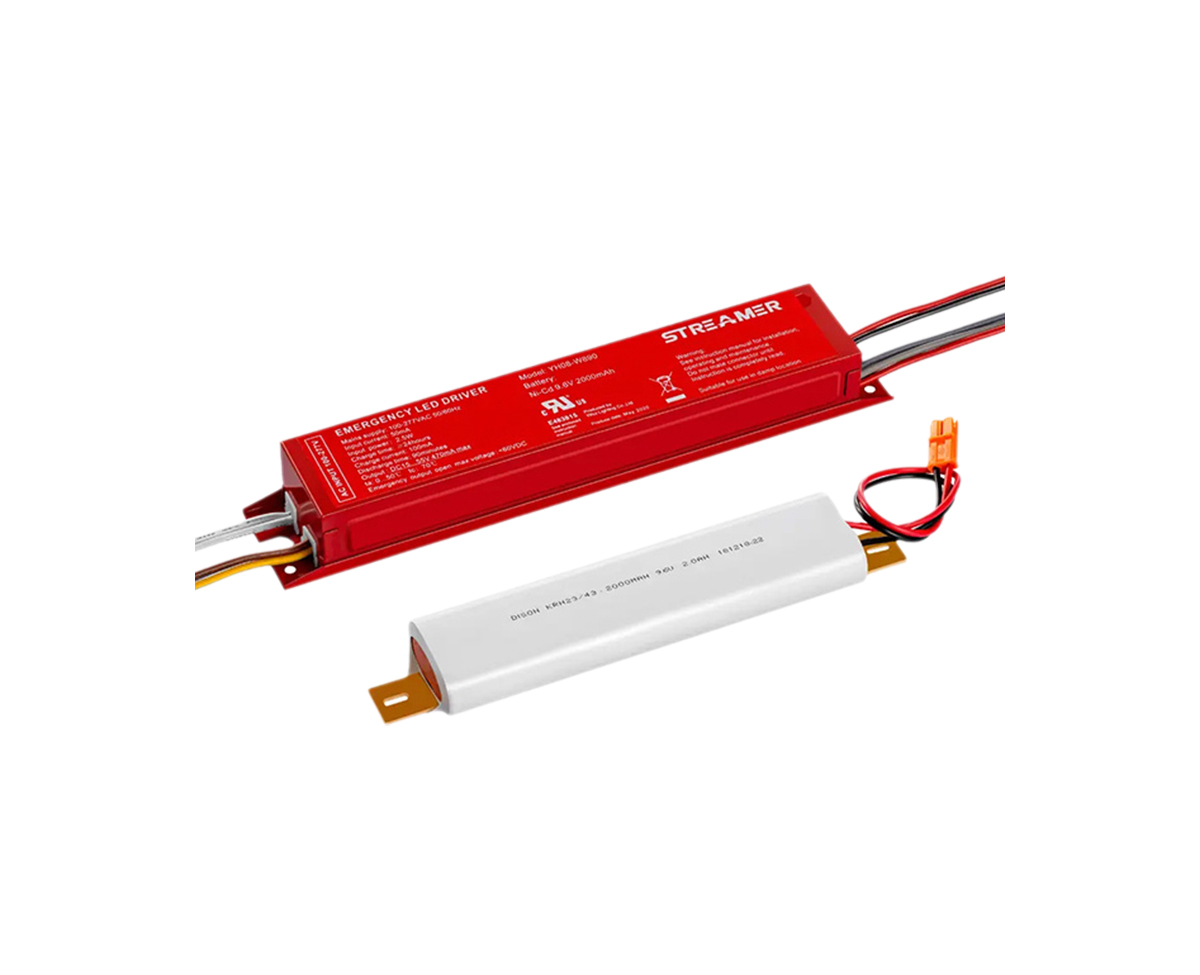 1
1
 May 05, 2025
May 05, 2025

A high temperature difference in LED emergency power supplies can pose significant risks to their performance and lifespan. When the temperature inside the power supply rises much higher than the ambient temperature, it can cause component degradation, reduce efficiency, and even lead to system failures. There are several effective strategies to address this issue.
Firstly, proper heat dissipation design is essential. Many LED emergency power supplies are equipped with heat sinks, which are typically made of materials with high thermal conductivity like aluminum. These heat sinks increase the surface area for heat transfer, allowing the heat generated by components such as power transistors and LEDs to be dissipated more efficiently into the surrounding air. Some advanced models also incorporate fans or other active cooling mechanisms. These fans can be controlled by temperature sensors, which adjust the fan speed based on the internal temperature of the power supply. When the temperature difference is high, the fans will run at a higher speed to enhance heat dissipation.
Secondly, optimizing the circuit design can help reduce heat generation. By using more efficient components and reducing unnecessary power losses in the circuit, the overall heat output of the LED emergency power supply can be minimized. For example, switching to high - efficiency power conversion modules instead of traditional linear regulators can significantly decrease power dissipation as heat. Additionally, proper component layout on the circuit board is crucial. Spacing out heat - generating components and avoiding overcrowding can prevent heat from concentrating in one area, thus reducing the temperature difference.
Regular maintenance and monitoring are also important. Periodically cleaning the heat sinks and fans to remove dust and debris can improve their heat - dissipation efficiency. Installing temperature monitoring devices that can provide real - time temperature data allows operators to detect abnormal temperature differences early. If a high temperature difference is detected, appropriate measures can be taken immediately, such as adjusting the operating conditions of the power supply or performing component inspections.